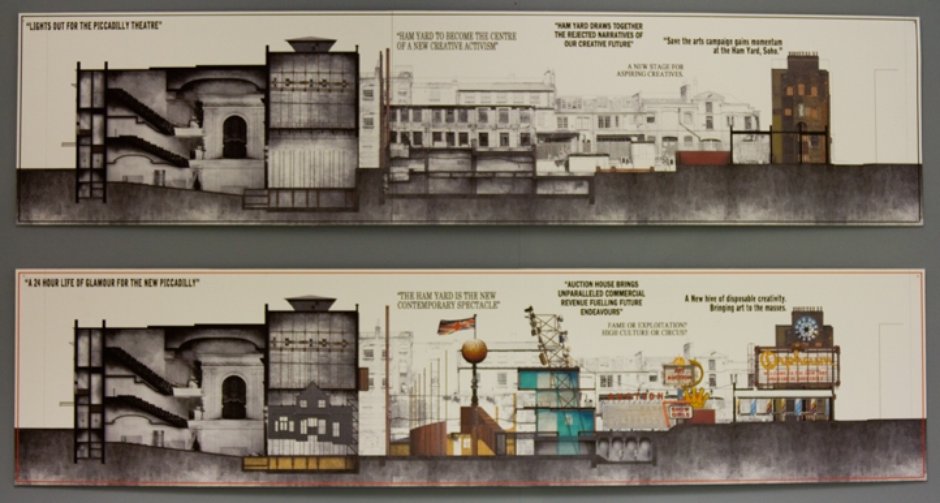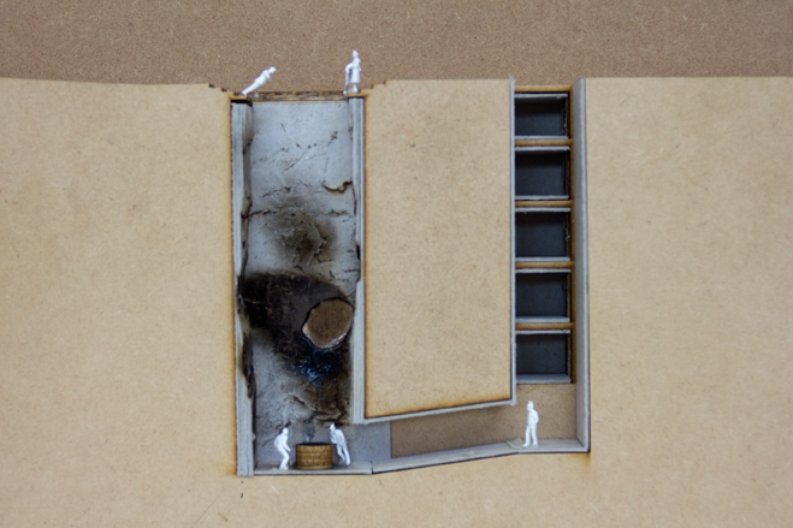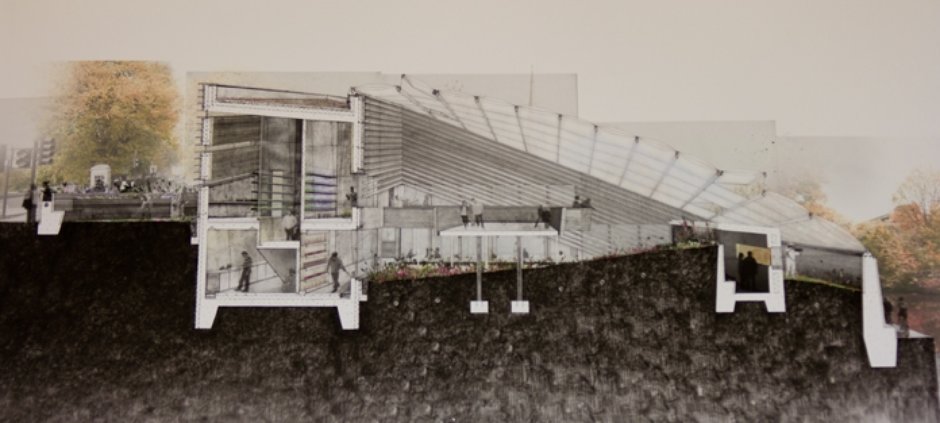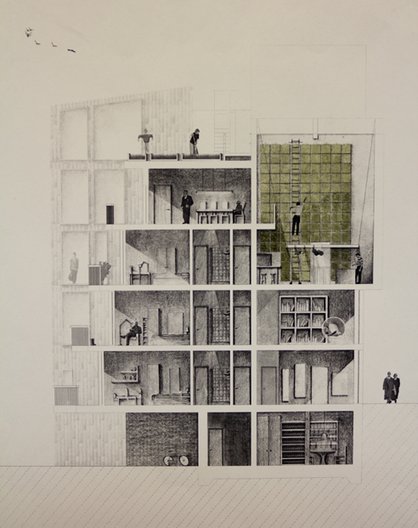10 July 2011
by Alex Maxwell
If for nothing else, over the last 10 years or so, Sheffield has been gaining a reputation for being at the forefront of developing live projects as part of its (mainly graduate) courses. Both in the UK and internationally students have designed, managed, and built a diverse range of schemes that directly affect and engage the local community. It is this direction that has seen it at the forefront of any shift in pedagogy in schools of Architecture within the UK.
With all in this in mind I was excited to see what had been done over the last year. I was a little surprised to see that the live projects unit had been given a corner at the back of the room, with space for no more than a few posters. Admittedly, this area was next to the bar, so would have received some attention on opening night.
It becomes clear, as you spend time in each units cubicle, that the theories and processes that arose in the live projects department have infiltrated across the whole school. The feeling that you get from the work is that it is deeply grounded, whether in response to technological or contextual or other issues.
At first glance the Winchelsea studio looks like a staid exploration of the East Sussex ex-coastal town, but happens to include some great projects that riff off the entrenched narratives and histories of this 'retirement ghetto'. Helped by an engrossing hand drawn image Stefan Amato's The Salutation aims to critique this status by creating 'future myths and archaeology' with the UKs first cryonic facility.
Studio 10 is perhaps the exception to all this disciplined work, exploring the traditional fair, that of commerce, exchange and entertainment, which temporarily reconfigured our town centres. Paul Wild's dystopian vision of a world with no arts funding and rife philistinism includes a self sustaining Factory for Disposable culture, where tawdry consumerists bid for theatrical productions is a damning assessment of recent policy changes. Michael Boyes' work also impresses, helped by a two metre drawing of a self developing city that can't distinguish itself from its own narrative.
The undergraduate students admirably took on the design and curation of their exhibition on the mezzanine. As such, all the students are represented in an overwhelming mosaic of work. It can be hard to comprehend what is going on with individuals, units and year groups merging together. However, there are some beautiful pencil drawings which are rightfully merited. Lavina Scalletti and Holly Lang continue the urban growing trend, the former more delicately and on a smaller scale, but both very pleasing.
It was encouraging to see more humour and experimental methods in the models on show, making up for some lack of invention on the walls.
This exhibition marks the last weeks of the Architecture School's two year stay at the bizarrley planned Crookesmoor building, before starting September afresh in GMW's much loved Arts Tower, with its unrivalled views across the city.
The quality and scope of the work produced by the Sheffield graduates, added to the welcome return to the iconic lookout, will make next years show one not to miss.
The Exhibition is on at the Crookesmoor Building, Conduit Road and is open Monday to Friday until 22nd July. More info can be found here.
Category
Commentary
Tags
Architecture





